The Non-Alcoholic Beer Market is characterized by a rapidly evolving competitive landscape where numerous players strive to capture market share in a growing segment that caters to health-conscious consumers and those seeking alternatives to traditional alcoholic beverages.
The shift in consumer preferences toward non-alcoholic options, driven by an increasing awareness of health and wellness benefits, is creating opportunities for both established brands and emerging entrants.
Companies within this market are focusing on innovation, product diversification, and strategic marketing efforts to enhance brand visibility and foster consumer loyalty.
The competition is not just about flavor profiles but also about the unique selling propositions that resonate with targeted demographics, further intensifying the race among competitors to differentiate their offerings and make a lasting impact on the market.
Beer 52 is carving a niche for itself in the Non-Alcoholic Beer Market through its distinctive offerings and customer-centric approach.
The company's strength lies in its subscription model, which allows consumers to discover a variety of non-alcoholic beer brands from around the world.
This model not only enhances customer engagement but also positions Beer 52 as a primary source for craft non-alcoholic beers.
The company emphasizes curating quality products, often sourced from local or artisanal breweries, which appeals to the discerning tastes of its customer base.
Additionally, its successful marketing strategies and commitment to sustainability further bolster its reputation and market presence, ultimately contributing to a growing community of enthusiasts who appreciate innovative and flavorful non-alcoholic options.
In the context of the Non-Alcoholic Beer Market, Carlsberg Group distinguishes itself with a robust portfolio of key products that include several popular non-alcoholic beer variants.
The company's strategic market presence is characterized by its strong distribution channels and established brand recognition that resonates globally.
One of Carlsberg Group's main strengths lies in its dedication to quality and innovation, allowing it to remain competitive amidst a crowded marketplace.
The company actively invests in research and development to enhance its product offerings, thus ensuring it stays aligned with consumer trends.
Carlsberg Group has also pursued strategic mergers and acquisitions to expand its reach and capability within this growing sector, reinforcing its commitment to the non-alcoholic beverage segment.
Non-alcoholic beer benefits include suitability for moderation-focused lifestyles and occasions where alcohol consumption is limited or avoided. Alcohol-free beer offers familiar beer flavors while aligning with wellness-oriented preferences. Consumers are increasingly adopting non-alcoholic beer as part of balanced social habits. Growing awareness of mindful drinking is reinforcing demand for non-alcoholic beer across diverse consumer demographics.
By leveraging its extensive resources and expertise, Carlsberg continues to solidify its position as a key player in the global non-alcoholic beer landscape.


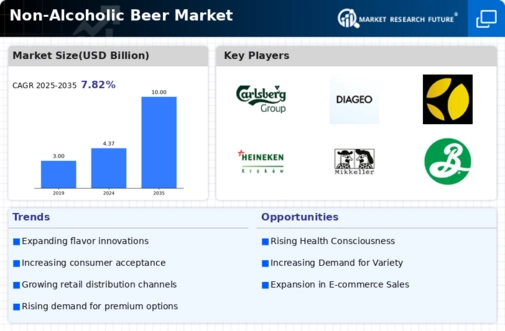


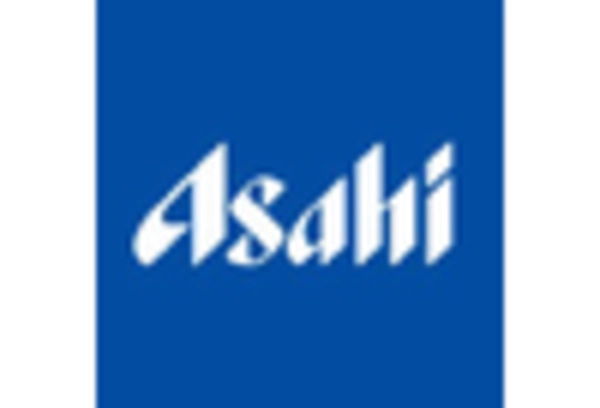

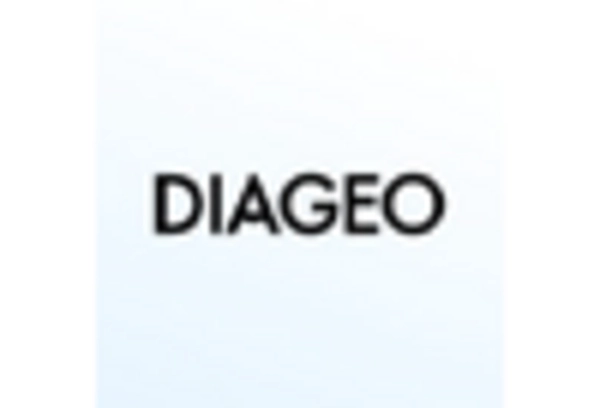
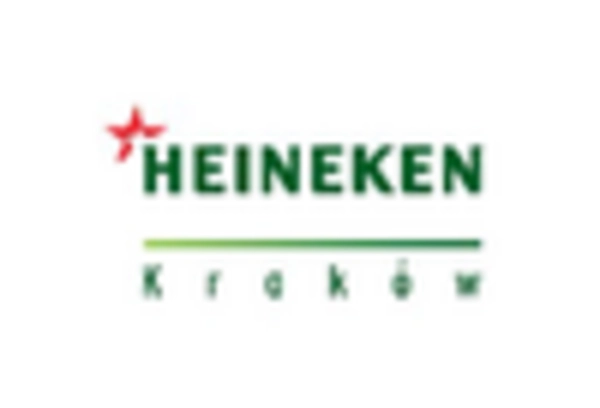
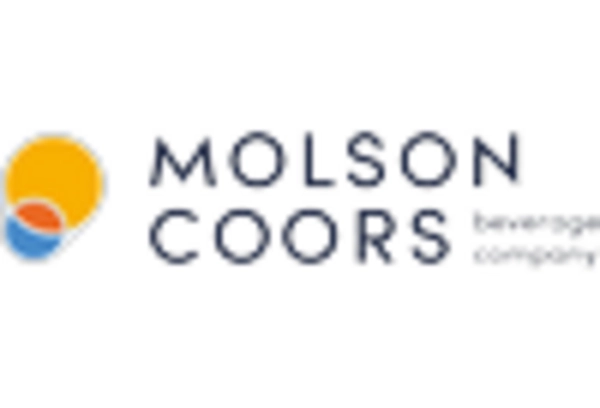








Leave a Comment